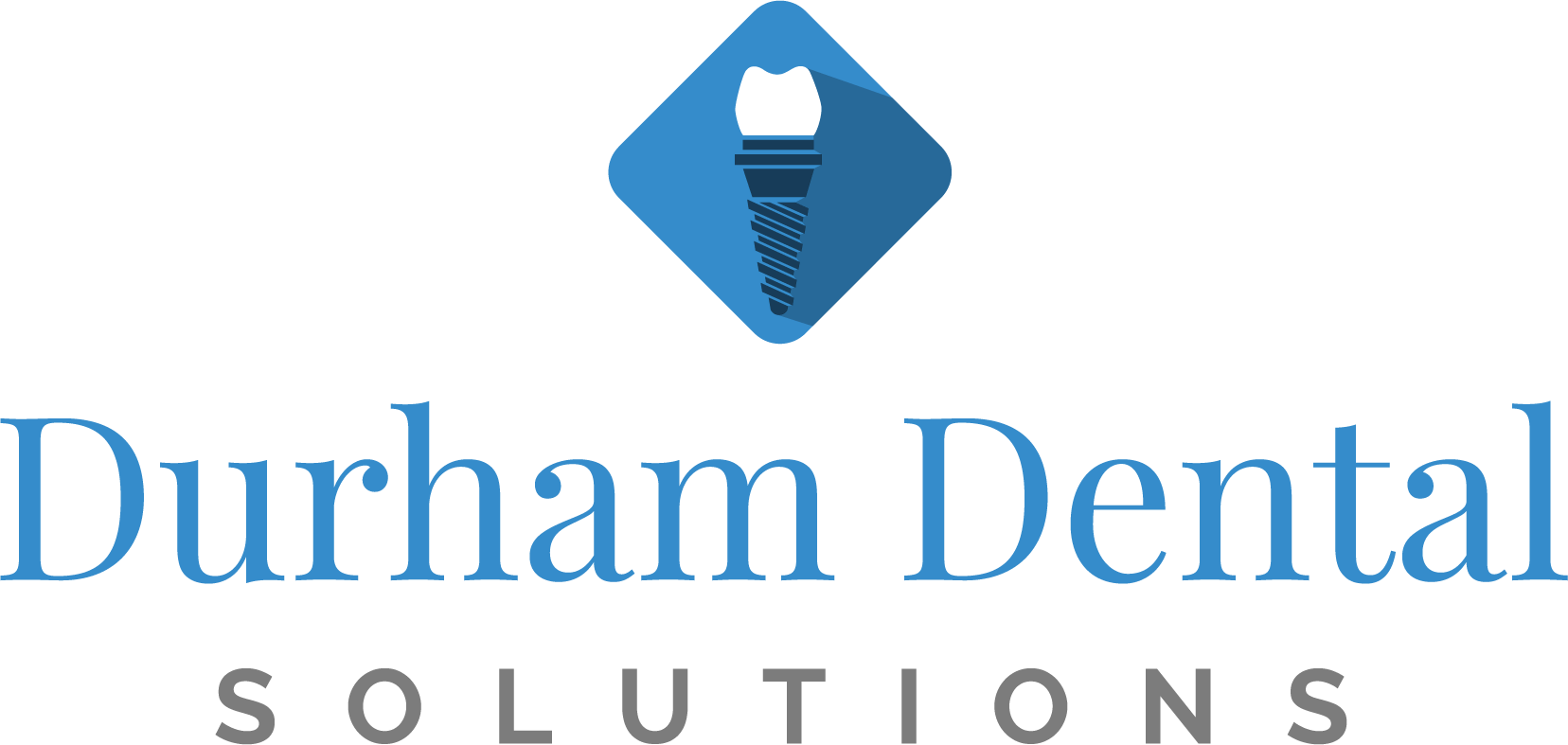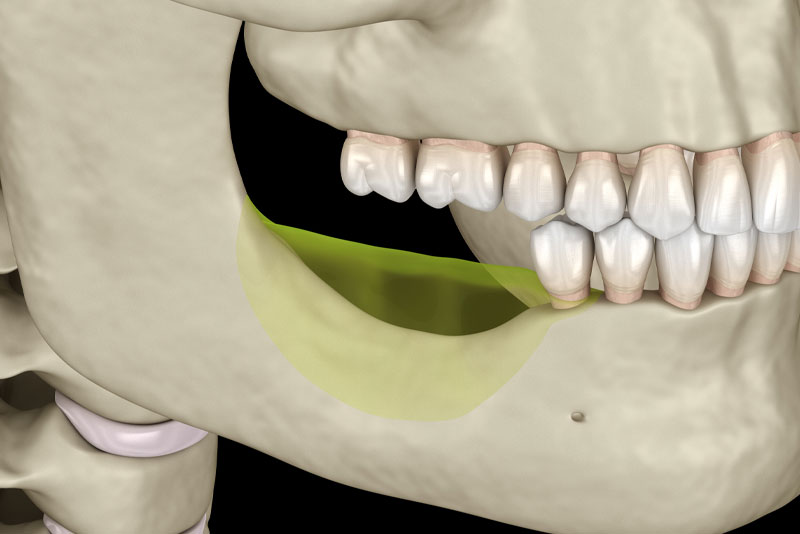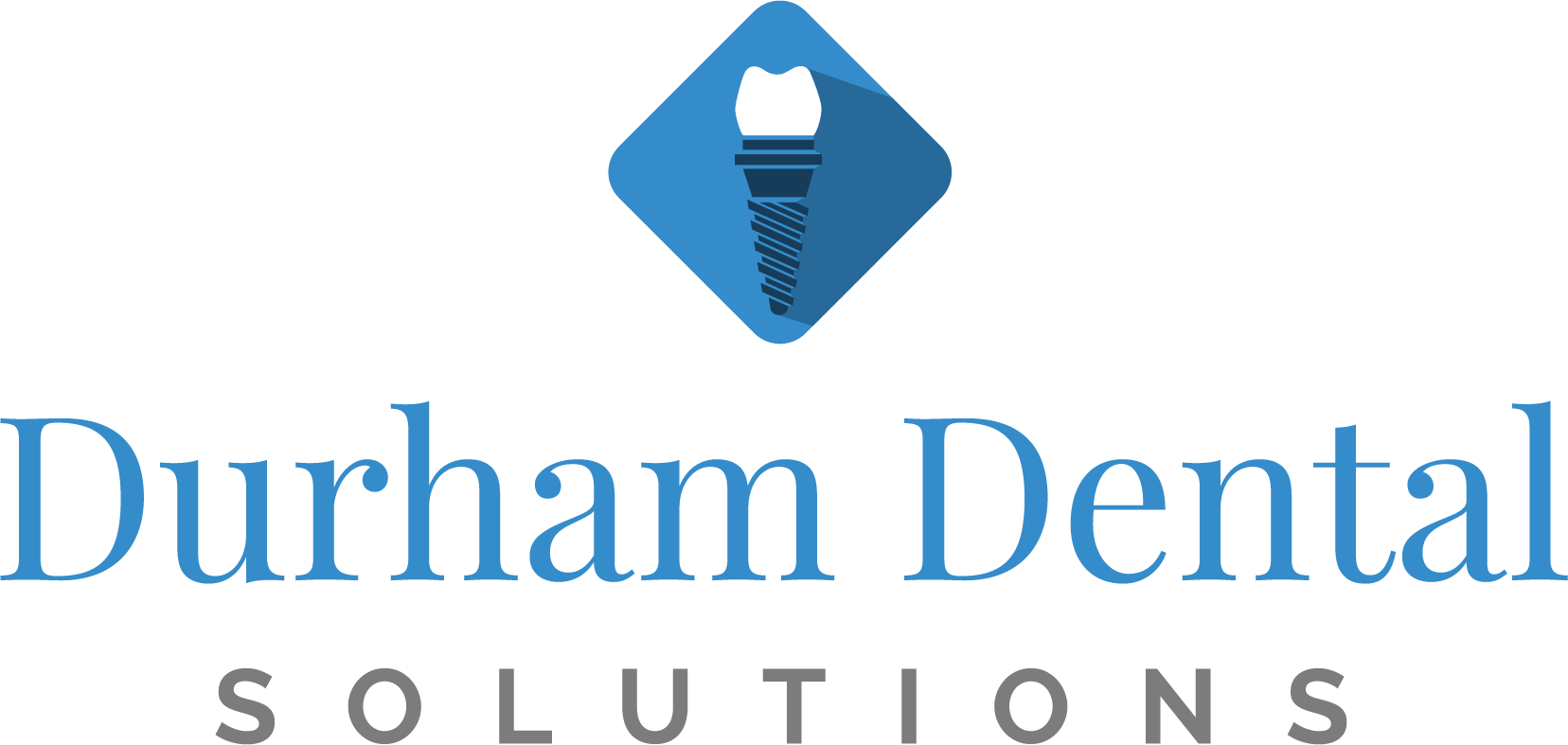When you see a dentist for dental implants in Ajax, one of the first things they will need to do is assess your jawbone health. You need a specific amount of healthy, strong bone for successful dental implant treatment. A certain amount of bone must surround the implants to become fully fused in the jawbone. Without enough bone, there is a risk implant treatment will be less successful.
Your jawbone can deteriorate when natural teeth are removed, or the bone has been destroyed by periodontal disease (gum disease). Other times, bone can be missing because of some form of trauma. In some areas, the bone is often naturally thinner; for example, large air-filled spaces just above the upper back teeth are in the upper jaw close to the sinus cavities.
Your implant dentist in Whitby will assess the jawbone using a cone beam CT scan, a digital scan that provides detailed 3-D images of the quantity and quality of bone that could be used for implant treatment. If there isn’t enough bone, you will need a dental bone graft.
What is a Dental Bone Graft?
A dental bone graft in Pickering increases bone in the jaw, creating enough volume for successful dental implant placement. It is a short surgical procedure, and the new bone can be taken from somewhere else in the body; it can be donor bone or synthetic. Several types of bone grafts are available, depending on where the bone needs to be restored.
Socket Preservation
Socket preservation in Brooklin can be performed when a tooth is removed and helps preserve the shape of the empty socket in preparation for dental implants. Sometimes, a small amount of grafting material is inserted into an empty tooth socket while placing a dental implant.
Ridge Augmentation
This technique increases the jawbone’s width in areas that are too thin to support dental implants in Courtice.
Sinus Augmentation
A sinus augmentation or sinus lift in Bowmanville is a widespread procedure for replacing the upper back teeth with dental implants. The technique exposes the membrane between your jawbone and the sinus cavity, lifting it upwards and creating more space packed with bone grafting material.
Using the Latest Technologies During Bone Grafting
Durham Dental Solutions believes in utilizing the latest technologies for our dental procedures; bone grafting is no exception. We will often use plasma-rich growth factors to aid healing after bone grafting. The technique uses your blood to create plasma that contains concentrated levels of your growth factors. This helps you heal more quickly after bone grafting and increases the quantity and quality of bone available for your implants. Treatment is expeditious, cost-effective, and safe since it is your blood.
If you need a sinus lift, we will most likely use piezosurgery in Clarington. This precise ultrasonic technology allows us to access the sinus cavity without damaging the delicate sinus membrane or other soft tissues.
There is no need to be concerned if you require a bone graft, as we are highly experienced in this procedure. A bone graft ensures you will have enough strong, healthy bone to support your dental implants and can improve the overall appearance of your teeth. If you feel anxious about having a bone graft for dental implants or any aspect of implant surgery, we are here to help. If needed, we can always discuss using sedation dentistry to ensure you feel comfortable and relaxed during bone grafting or implant surgery.


